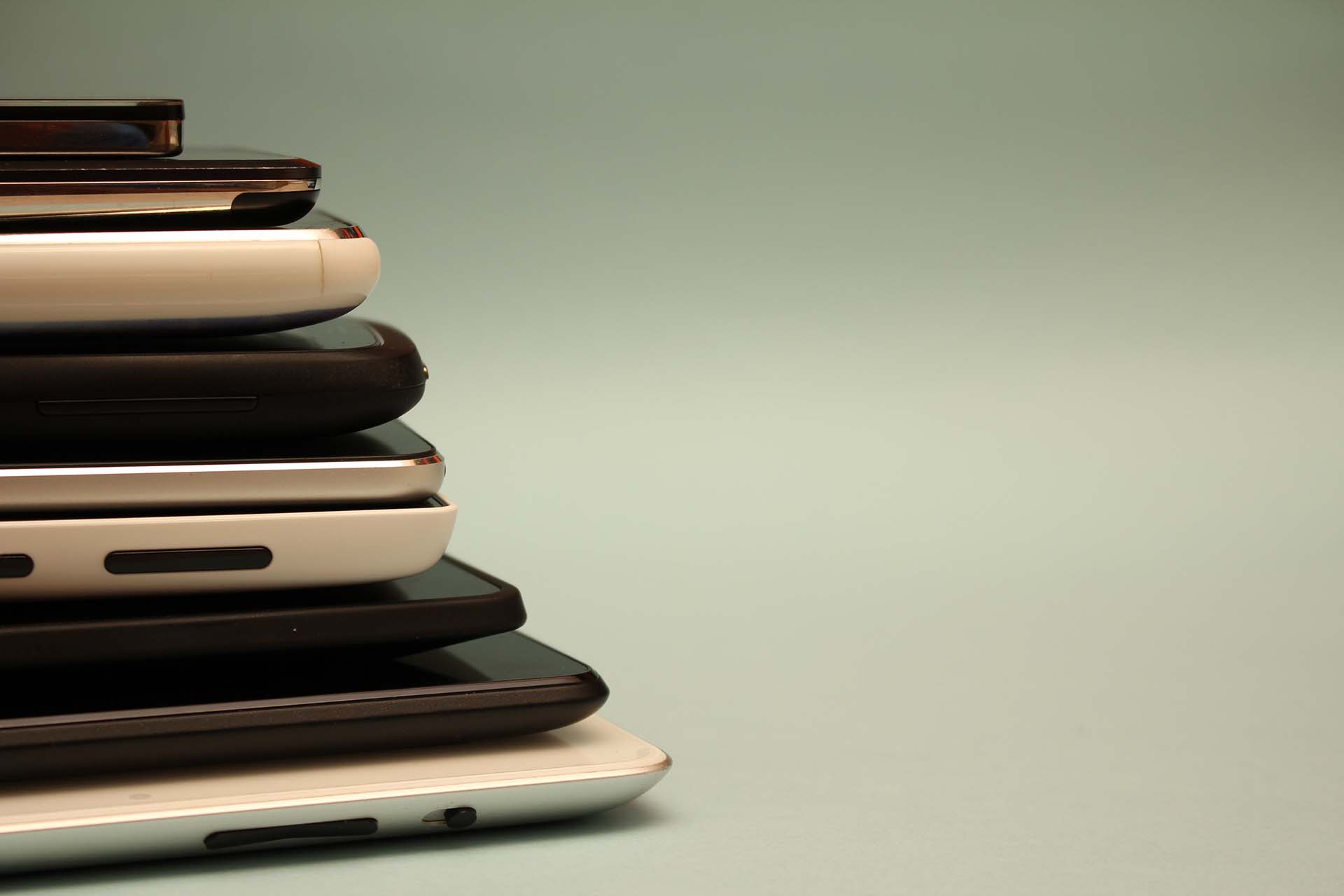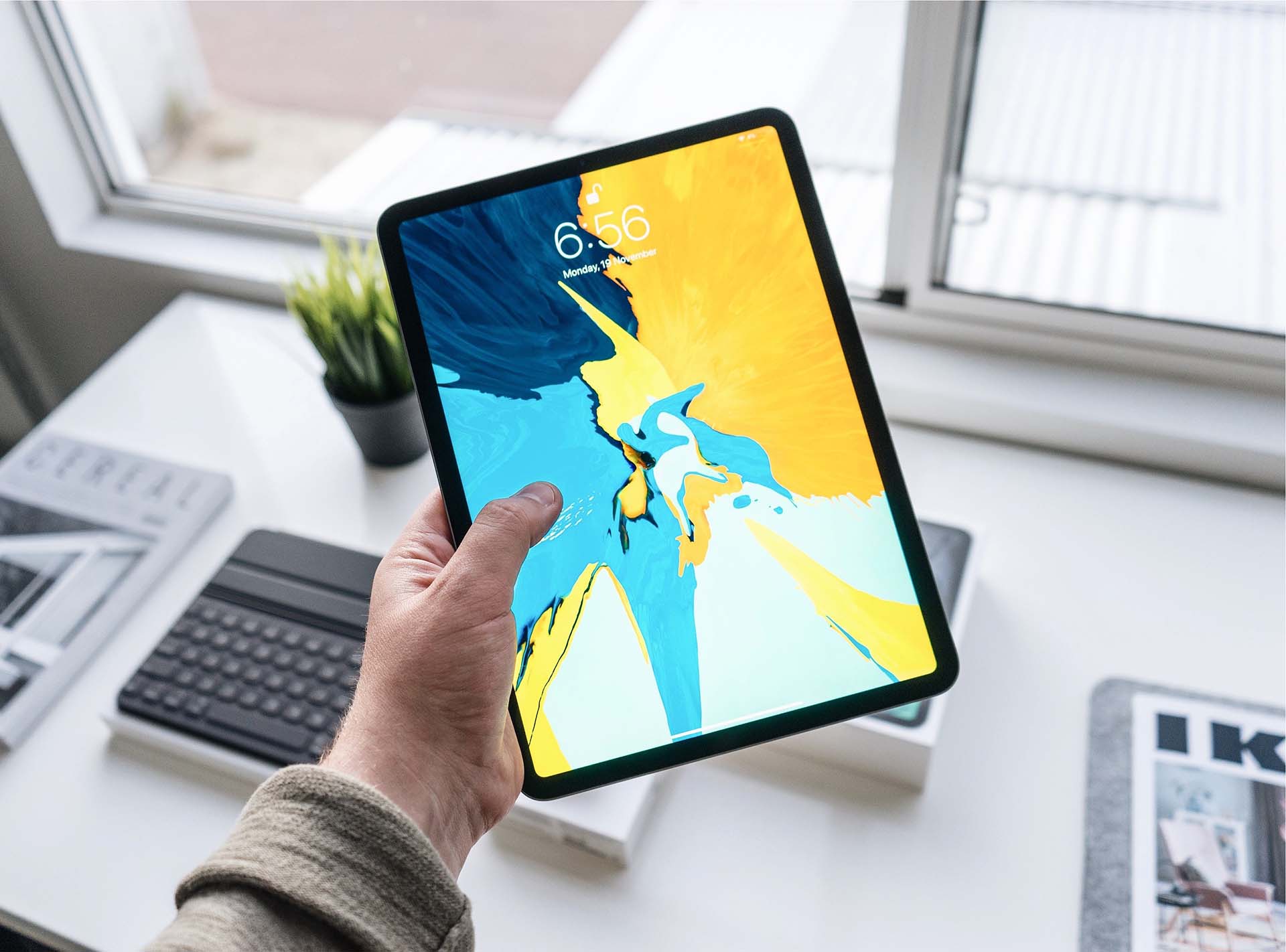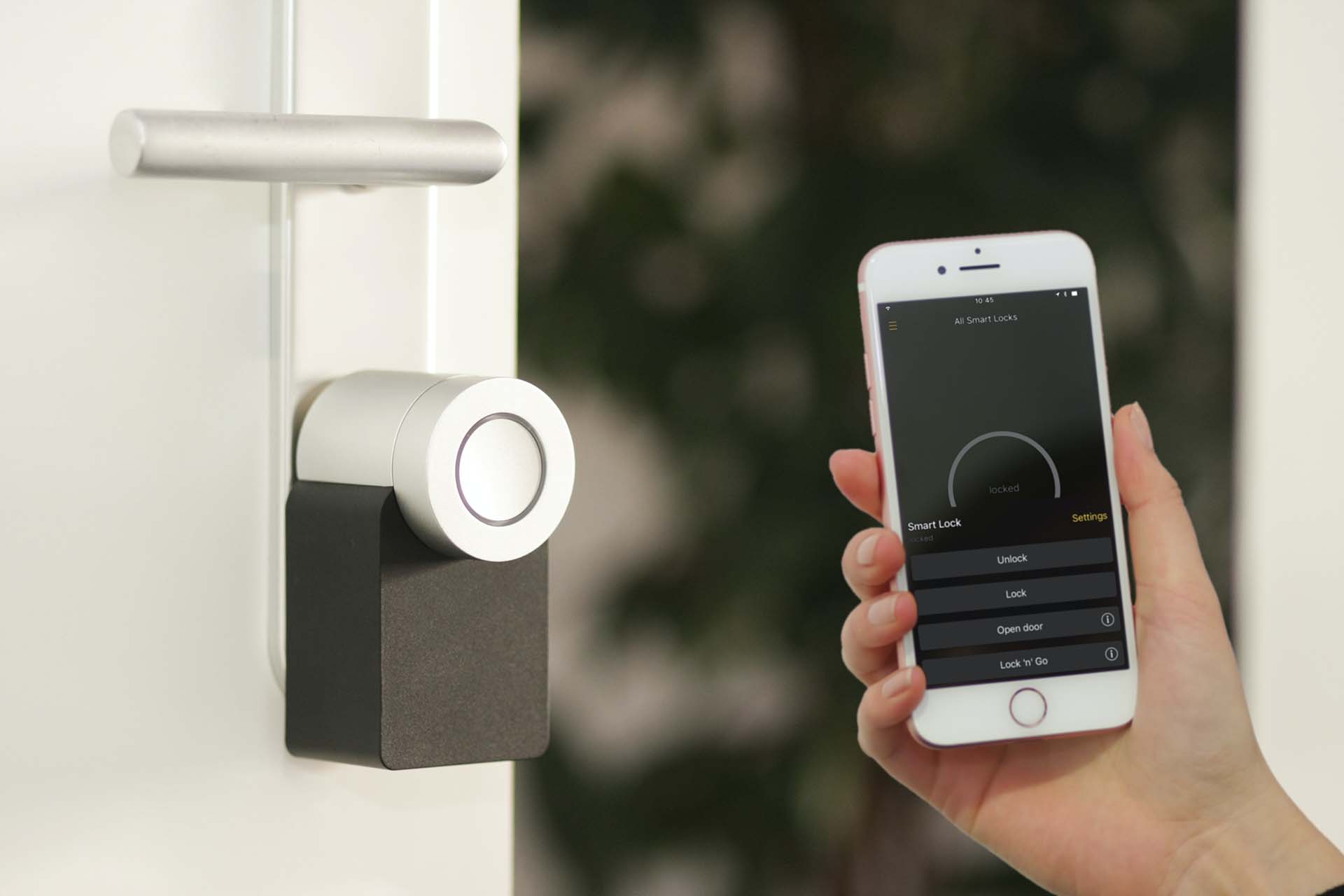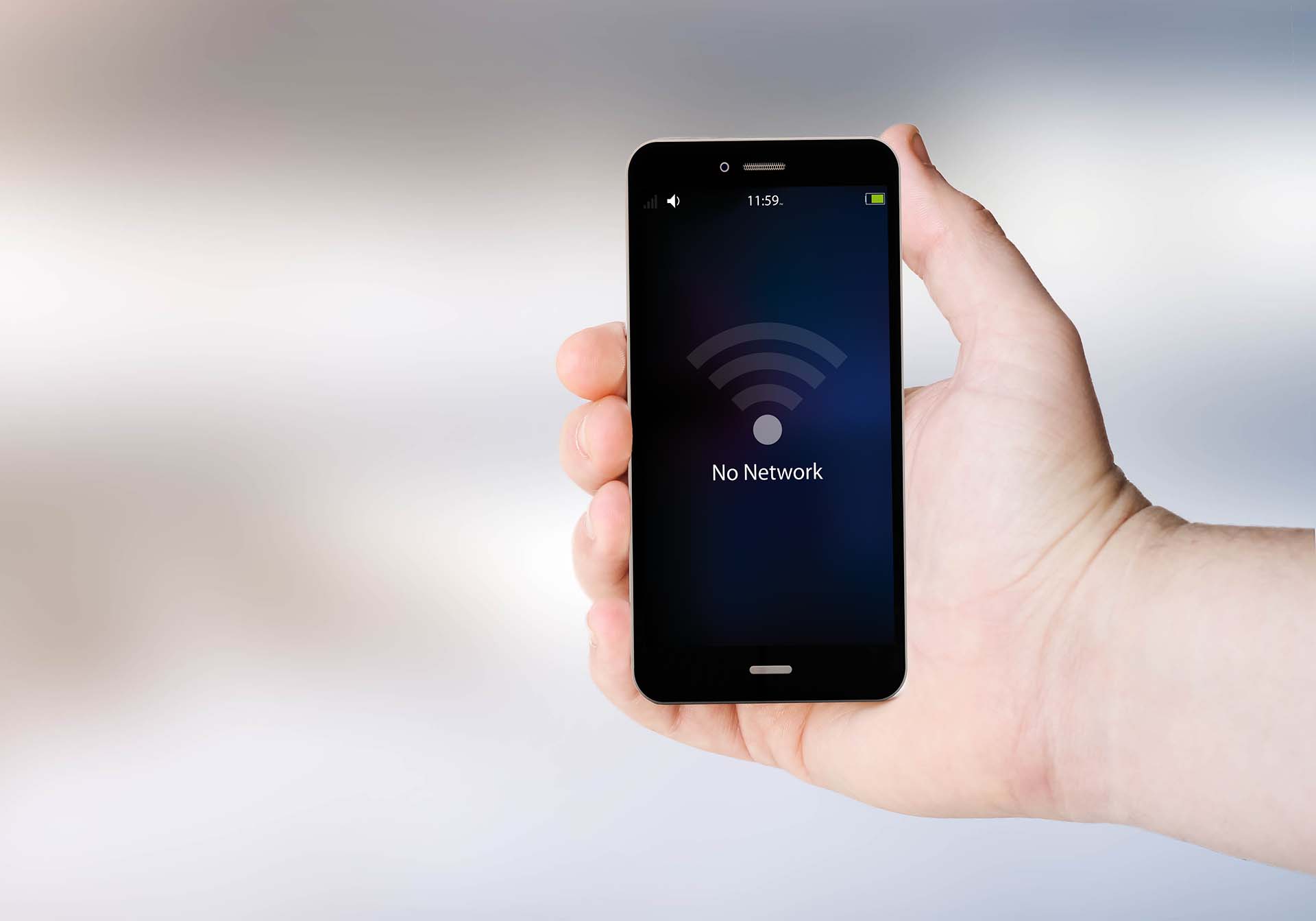When we talk about the newest technologies and devices, one of the main issues that consumers face is the constantly shortening lifespan of their smart objects. Is there a reason for this obviously programmed obsolescence, and how can we deal with this issue? If you want to find out how manufacturers influence our spending habits with this phenomenon, keep reading.
Programmed Obsolescence – What Is It, and How Is It Related to Smart Devices and Smart Home Systems?
Obsolescence is an unavoidable part of every product’s life – eventually, everything we buy and use will become obsolete – out of date, no longer useful, and irrelevant. Of course, it’s not hard to come to the conclusion that this happens to technological devices all the time – just think about your phone and how often you replace it with a new version, letting the old one go to waste. It’s such a common occurrence that we often don’t even notice it.
But what happens when smart products start becoming obsolete because the manufacturers planned them to? Let’s say you use a smart home system. Configuring a smart home automation system to be up to your taste takes a lot of time, money, and energy. Are you ready for it to become obsolete in just a few short years?
What Is Programmed Obsolescence and How Is It Perceived By a Consumer?
Programmed obsolescence – or planned, as it’s called in some resources – refers to designing a product (in our case, a smart device) in such a way that it has an artificially determined useful lifetime. Products are planned to become obsolete after a certain period of time – they either lose their function completely or it decreases. In some cases, the product starts to be perceived as old-fashioned thanks to newer versions that are supposedly better or just look better. It’s clear that this is something that doesn’t work in your favor – it’s a sure way to waste money and steer away from a sustainable lifestyle.
Planned Obsolescence Has Been Around in the Tech World for Decades
Devices become obsolete every day – although this happens in many other industries as well, it’s particularly obvious in technology. Nowadays, we have sky-high smart house expectations that should’ve been met, but many people aren’t satisfied with the way this concept works. The cost of installing a smart house is the least of your problems – it’s what happens after you’ve been using the system for a while. Instead of allowing you to reduce electricity consumption, obsolete systems might do quite the opposite, which is precisely why consumers keep having to update and extend an existing smart house.
It’s a never-ending game, like having to update your software on the phone every few months. Updating technology and bringing innovations to the world is definitely making sure that some products lose their value, but in the past, it took many years for a device to become old-fashioned. Today, this can happen in months – and it only benefits the manufacturers. You probably won’t find it so fun – imagine buying a new appliance just to find out that it can’t be connected to the smart home system you bought just months ago. This is the reality we face because of planned obsolescence.

Software, Design, and Functionality of the Product – They Can All Become Obsolete Overnight
Companies have many strategies that can help them make a product obsolete. For some of them, this is one of the main ways of making a profit. Instead of coming up with creative new Internet of Things (IoT) devices that would improve the consumers’ life and make the customer experience better, companies simply decide to recycle ideas.
Smart homes are one of the best examples of this. When this technology became widespread, people had great expectations for the future – but we haven’t seen many new developments in years. Why? Simply because manufacturers keep making the same thing over and over – and they are basically forcing you to buy it again and again by artificially making your current device outdated and non-functional.
How Companies Influence Consumer Market and Drive Us to Purchase New, Supposedly Updated Versions of a Device?
So, what can a company do to make people buy every new version of the same device? There are many tactics that a manufacturer can use – most of them would be perceived as unethical, at best. Here are the most common tricks tech giants use:
- Artificially determined durability – It’s quite possible to make a device that can stop working after a certain period. Take, for example, printers – some manufacturers produce ink cartridges that are designed to stop being usable after a certain threshold, even though they still contain ink. You are forced to purchase another cartridge – it’s simple.
- Preventing repairs – Why allow repairs to steal away your profit when you can prevent users from fixing the device? Apple excels at this – just look at their tamper-resistant screws or the inability to replace the home button and battery of the phone. There are millions of examples like this.
- Software updates – Locking out older versions of software is very common. In most cases, it’s not because of technical reasons but rather economic ones. Remember the case of Google trying to shut down the Works With Nest program. They wanted to prevent Nest from being able to support third-party devices, such as Alexa, and only make it support Google’s products. However, they changed their mind thanks to much backlash.
- Marketing strategies – It’s a material world, and if you advertise something well enough, you will always be able to sell it. Global companies put so much effort into marketing tactics – they can be very efficient. People want to follow trends, and that makes them eager to chase newer versions, regardless of their features.
- Change in design – Sure, technically speaking, this is some sort of change. But when you update the looks without changing the device itself, you’re just selling the same old thing. Add a bit of marketing to it, and it’s easy to influence people to discard their old but still useful products in exchange for the shiny newer ones.
When You Buy a Smart Device, Can You Be Sure You Will Own It in the Future?
When you purchase a smart device, is it really yours forever? Think of smart house spying, which is more than a real occurrence – is your device working for you or its mother company? Whether or not you think that a smart house is healthy, the fact is that current smart home systems can turn on you after functioning in peace for a few years. There are many cases where a company decides out of the blue to start charging a monthly subscription for the use of a device you already own.
You have bought it once, but now you are forced to keep paying if you want the product to continue to work. So, all in all, it doesn’t seem like you really own your stuff, does it? For reference, this happened with Wink smart home hub. Naturally, this makes people annoyed, and they often rather discard the device, thus making it obsolete.

Shortening the Replacement Cycle – How Companies Are Killing Sustainable Development
We often like to think that we contribute to energy reduction with the energy metering (monitoring power consumption) that’s possible thanks to our home automation systems – and we do, in some ways. However, individual smart energy consumption won’t do enough for the environment if the corporations don’t want to help the sustainability issue. Of course, there are many ways to reduce energy consumption, but they aren’t always aligned with the economic goals of corporations.
Planned obsolescence is definitely not helping sustainable development. It leads to waste, the use of low-quality materials, and overspending. This goes against all the basic principles of sustainable development and saving the environment – you can check out more on this topic in the video below.
Some Might Argue That Planned Obsolescence Can Help Achieve Further Technological Innovations – Can It?
If we look at this from another angle, can we find something positive in this phenomenon? If the technology becomes obsolete quickly, there has to be something that will replace the outdated devices, right? Does that mean that a shorter replacement cycle can actually drive technological innovations? It might, in theory – but the experience hasn’t shown this happening so far. Why is this the case?
The reason is quite obvious – it’s always the same one, and it’s profit. Businesses aren’t motivated to explore much if they can still have excellent profit selling you things they already have invented. Also, when it comes to smart devices, there are a few significant problems that are stalling the development, like the dependency on Wi-Fi and power or compatibility issues with devices from different manufacturers. Not to mention privacy concerns that are inseparable from smart devices. But is there a way to fix these problems and step into the future of technology? There just might be a way.

Much-Needed Change in the World of Smart Devices – Can We Fix the Obsolescence Issue?
Amazing pieces of tech don’t have to become obsolete overnight – there is a way around this problem. The technology to bring this to life already exists – there is a proof of concept. However, there is much more that needs to be done. If you’re interested in the idea of having a smart home system that can truly be yours, secure, efficient, and running on blockchain technology, you might want to find out more about this.
This is how we upgrade the automated home experience and get the consumers what they want – a system that won’t crash when your Wi-Fi shuts down, or you lose electricity. It also won’t be collecting your data only to share it with third parties. Most importantly, when this brilliant tech comes to your home, you won’t have to worry about any connectivity issues or fear your devices will become outdated in a year or two.
If this sounds like something you would want to see happening – and we believe that everyone does – you should reach out to Electric Society. We are open to collaborating with you on this project, whether you want to invest or partner with us. Don’t hesitate to jump in on the future of home automation systems!









